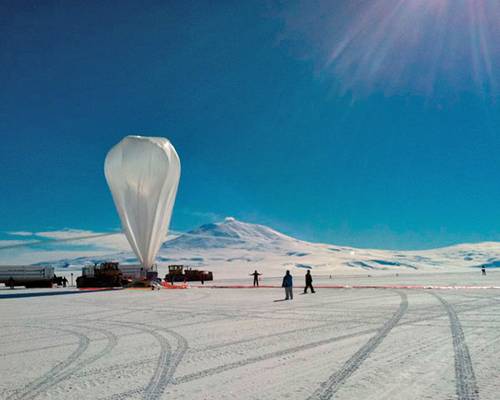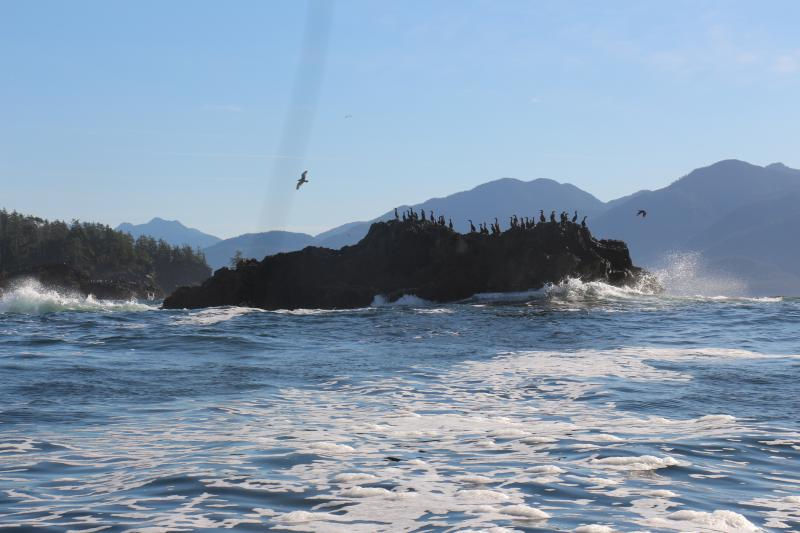The National Polytechnic Institute (IPN) is set to participate in its first suborbital mission to the stratosphere with the Emidds-6 (Experimental Module for the Iterative Design of Satellite Subsystems version 6). The mission, which is scheduled for the end of December and January, will depart from McMurdo Base on Ross Island near New Zealand.
The Emidss-6 module, led by Mario Alberto Mendoza Bárcenas, a researcher at the Aerospace Development Center (CDA) of IPN, will be on a special FY25 trajectory aboard super-pressure balloons (SPB). This trajectory will allow for the identification of contaminants, specifically microplastics in the stratosphere, through image capture and environmental data collection during the balloon’s flight to its maximum floating point.
Due to the presence of a persistent high-pressure system known as the polar vortex over Antarctica, the Emidds-6 module will be able to maintain a constant altitude for an extended period, allowing for valuable data collection. The module will record environmental variables using sensors to measure humidity, temperature, relative humidity, and ultraviolet radiation.
In July, NASA experts conducted technical and electromagnetic compatibility evaluations on the Emidss-6 module to ensure compliance with standards. The mission involved experts from IPN and several other institutions such as Institutes of Applied Sciences and Technology and Engineering at National Autonomous University of Mexico (UNAM), Western Institute of Technology and Higher Studies (ITESM), Molina Center for Energy and Environment (Centro de Energía y Medio Ambiente Molina), among others.
Overall, this mission aims to characterize the stratospheric environment in low latitudes using Mexican aerospace technology. Through this mission, IPN positions itself as a key player in cutting-edge research and scientific exploration.


:quality(75)/cloudfront-us-east-1.images.arcpublishing.com/elcomercio/SSIW33LIHNGGXBXDEBKKAEMGCE.jpg)
